Anatomy for Injectors: What is the Line of Convergence or C-Line?
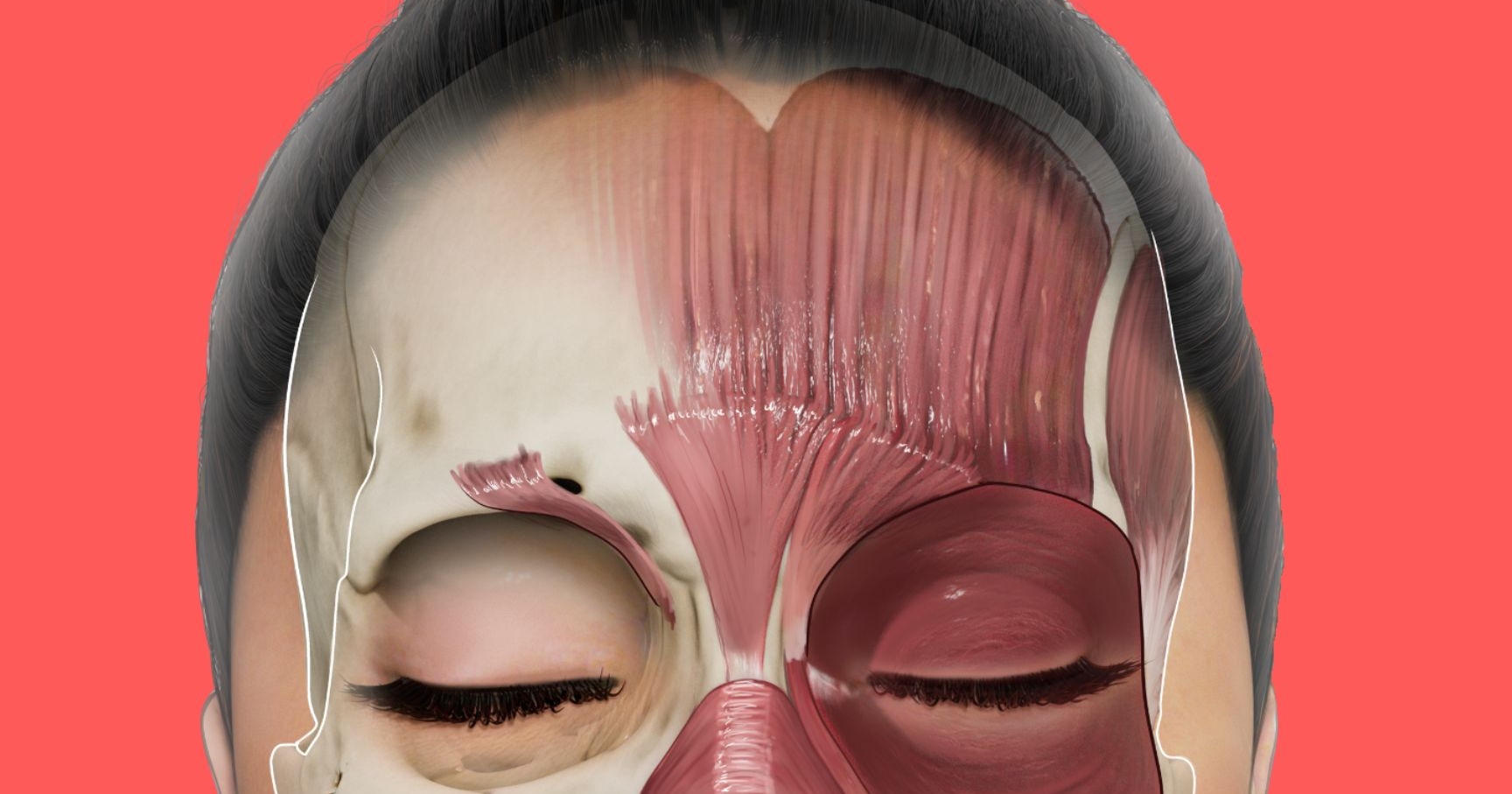
Do you know what and where the Line of Convergence, or ‘C-line’ is? Read on to find out about this key anatomical landmark
When we say aesthetic medicine is a rapidly evolving field, we don’t just mean in terms of products and techniques. New discoveries also extend to facial anatomy - and this is information every aesthetic practitioner should be aware of.
The Line of Convergence was formally defined and quantified in February 2020, in a peer-reviewed anatomical study. Researchers including Professor Sebastian Cotofana published this in a landmark paper, The Bidirectional Movement of the Frontalis Muscle: Introducing the Line of Convergence and Its Potential Clinical Relevance.
Here we explain their findings and provide you with clinical insights as to how to use the C-line for your upper face botox treatments. Read to the end for additional resources to help you really hone your approach to the classic ‘3 areas’ treatment.
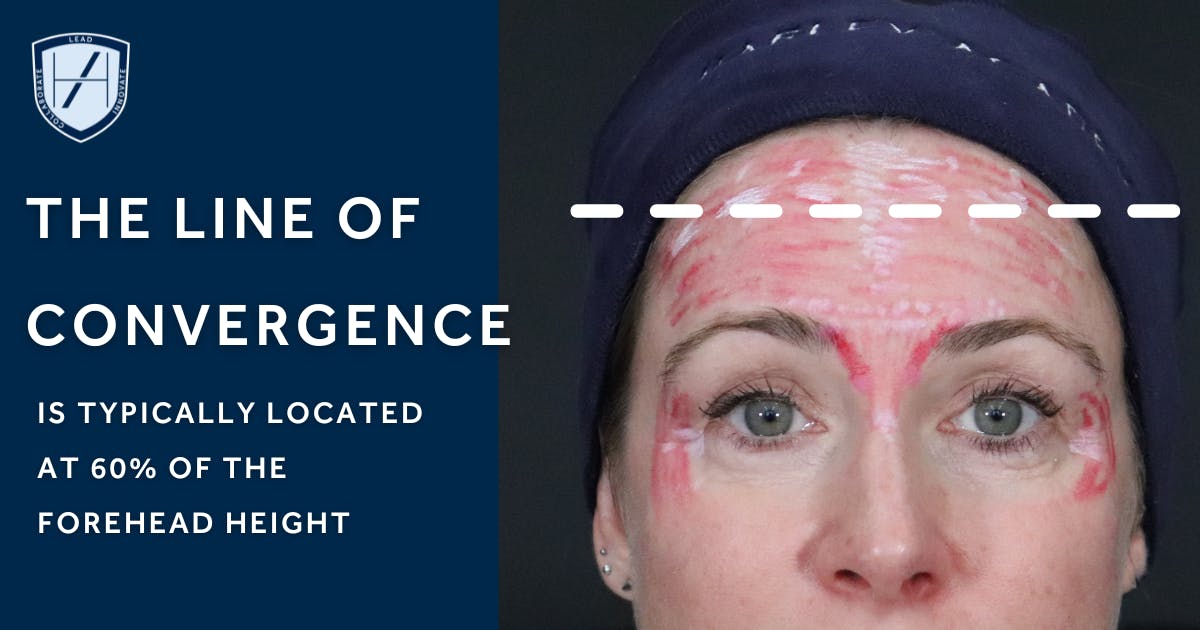
What the Line of Convergence actually is
The Line of Convergence is a horizontal forehead landmark, also known as the C-line.
It marks where two opposing frontalis movements meet and sits at roughly 60 per cent of the forehead height, from the brows to the hairline.
The frontalis muscle doesn't act as one uniform band; it has functionally distinct upper and lower portions.
- Lower frontalis primarily elevates the brows
- Upper frontalis tends to pull on the hairline.
When the skin moves during animation, two opposing flows appear.
- Lower forehead skin moves upward
- Upper forehead skin moves downward
- Those two movements meet on a horizontal line
- That meeting place is the Line of Convergence.
The C-line is important for upper face botox treatments, as injecting toxin along or above this line changes the lifting versus depressing effects.
Why the C-line matters clinically for upper face botox
Let’s break down the key points every aesthetic practitioner should understand about the Line of Convergence:
- It separates lifting fibres from depressing fibres
- This changes how upper face toxin injections affect the brows and hairline
- Deeper injections have a stronger effect - so deep injections below the C line put the patient at risk of brow ptosis
- Deep injections above the C line can elevate the hairline
- The C-line helps injectors understand how to achieve more natural, targeted outcomes and reduce brow ptosis risk.
This is spotlighted in a recent clinical paper from 2023 which reported efficient results when using C-line injections.
Relevant C-line facial anatomy aesthetic practitioners should know
Now let’s review the essential anatomical points relevant to this landmark.
Brow elevators vs depressors:
- Levators: lower frontalis
- Depressors: glabellar complex and orbicularis oculi pull brows down
- Balance among these groups determines resting brow position.
Frontalis:
- Thin, vertically oriented muscle over the forehead
- No bony attachments superiorly or inferiorly
- Interdigitates with galea aponeurotica and fronto-occipital fascia.
Muscle segments:
- Lower frontalis has more elevator function for brows
- Upper frontalis has more fibres that link to scalp movement
- The C-line is where these functional zones converge.
Superficial fascia and skin:
- Forehead skin is thin
- Subcutaneous tissue is minimal above brows
- This transmits muscle movement clearly to skin creases.
Neurovascular considerations:
- Temporal branches of the facial nerve spread deep across the forehead
- Vessels and nerves run in predictable planes, but individual variation exists
- The supraorbital and supratrochlear arteries are deep in the lower forehead
- They traverse more superficially in the mid and upper forehead
- Use anatomical awareness to reduce risks
Ultrasound may also be useful for precision.
Keeping on top of anatomical developments
With new discoveries such as the Line of Convergence and lip compartments being uncovered on a fairly regular basis, it’s important to keep your facial anatomy knowledge up-to-date.
This is an area where the GEM© by Harley Academy app can be extremely helpful. With complex topics broken down into accessible formats, and citations provided for further study, the Global Evidence Matrix platform is an invaluable tool for aesthetic practitioners of all levels.
As one of our subscribers, Dr Ellinor James said, "It's already an incredibly useful and streamlined learning resource that does not exist anywhere else that I've seen. If I want to look closely at techniques I have to trawl through journal articles. This condenses the research and teaching that isn't actually made available all together anywhere else that I've seen."
Learn more about how to purchase your subscription - or get a free 12-month subscription included with your Harley Academy aesthetics training course - on our GEM© webpage.
A 12-month subscription to the GEM© by Harley Academy app is currently included in all our Ofqual-regulated Level 7 Diploma qualification courses. It’s also now available to our Aesthetics Accelerator trainees.
5 articles to help elevate your upper face botox techniques
As an aesthetic practitioner, there really is no substitute for having a deep understanding of facial anatomy. Keeping this knowledge up-to-date and at the forefront of your mind when planning and administering your treatments is a solid safety measure.
Understanding the Line of Convergence will certainly help you to improve your upper face botox outcomes. As will exploring some of our expert advice on this treatment. Here are five articles we recommend checking out…
1. How to Perfect Your Upper Face Botox Techniques: Expert Advice
Explore 10 key takeaways from top cosmetic doctors, Dr Kam Lally and Dr Marcus Mehta, following our Botulinum Toxin Mastery: Preventing & Managing Complications webinar, upper face episode. This includes fantastic clinical insights and practical tips you can implement, plus an overview of the pharmacology of botulinum toxin type A.
2. New Botox Research Establishes Glabellar Contraction Patterns
Find out about this important research from Professor Sebastian Cotofana, including a look at the 3-point versus the 5-point glabellar injection technique. We set out the relevant botox injection techniques for each, alongside the pros and cons, so you can inform your own practice.
3. Toxin for Forehead Lines Versus Brow Position
When tackling presentations that involve forehead lines coupled with skin laxity, something we often see in older patients, a compromise may be needed. By treating the forehead lines, the brow may become heavy, but by lifting the brow, your patient may not see their desired results in their forehead. We explain why there can be a trade-off needed in these cases, and what your options are.
4. Correcting Eyebrow Asymmetry with Botox
Harley Academy clinical trainer, Dr Victoria Russell sets out the approaches you can take to manage brow asymmetry following toxin treatment. This includes the optimal steps to take and how to avoid the most commonly seen mistakes new injectors can make when managing this complication.
5. Using Eye Drops to Correct Lid Ptosis After Toxin
Did you know that certain eye drops can be used to help alleviate eyelid ptosis symptoms? We explain which ones, plus when and how to use them in this article.
Want more?
Enjoying this guidance? You can find more articles on botulinum toxin techniques, including complications prevention and management, in the Botox section of our Aesthetic Medicine Articles homepage.
If you have any questions you can’t find the answer to, please do let us know! You can contact us via the chatbot in the bottom right of this screen. Alternatively, reach out to us on the Harley_Academy Instagram account. You’ll find various helpful posts there, too!
All information correct at time of publication
Download our full prospectus
Browse all our injectables, dermal fillers and cosmetic dermatology courses in one document
By submitting this form, you agree to receive marketing about our products, events, promotions and exclusive content. Consent is not a condition of purchase, and no purchase is necessary. Message frequency varies. View our Privacy Policy and Terms & Conditions
Attend our FREE open evening
If you're not sure which course is right for you, let us help
Join us online or in-person at our free open evening to learn more
Our Partners
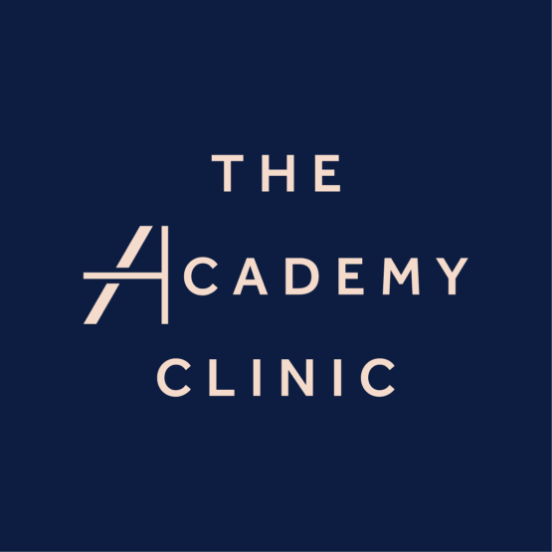

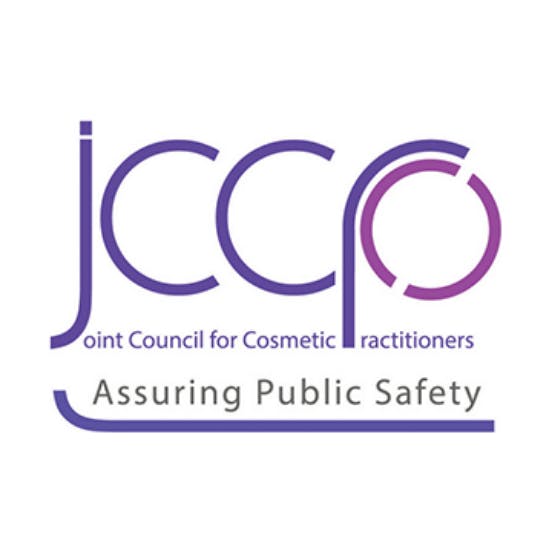
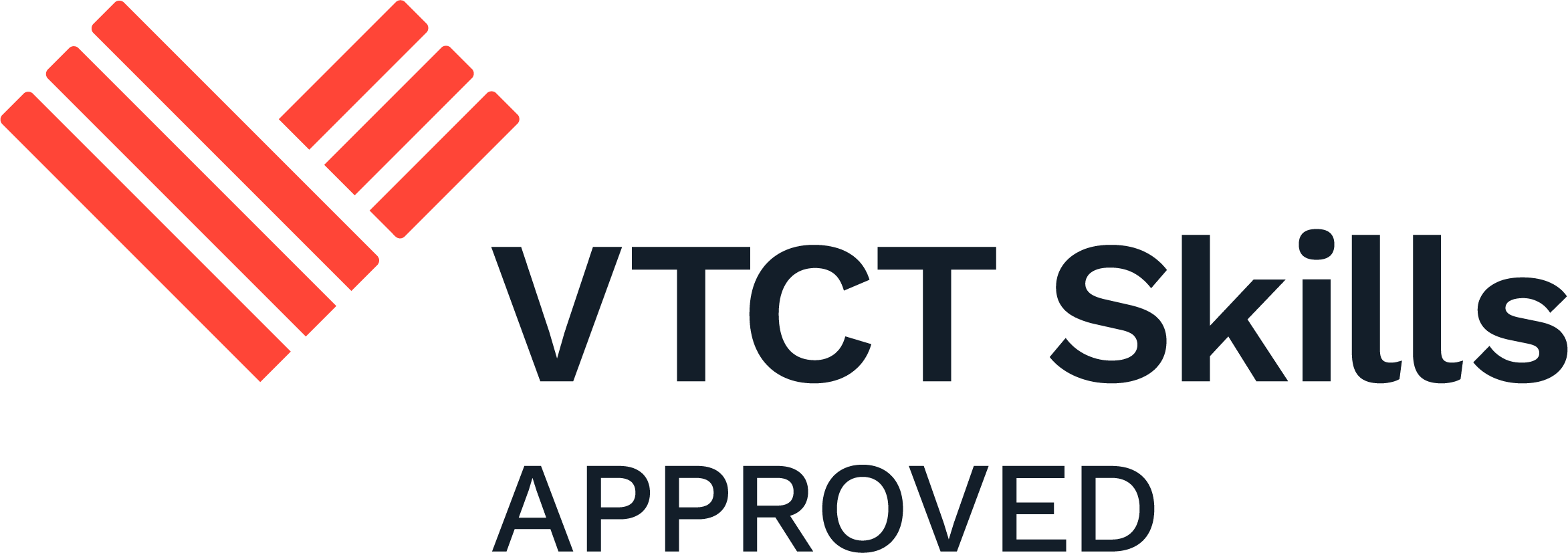

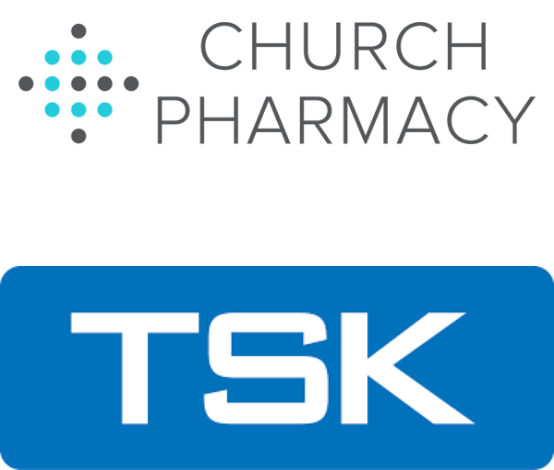
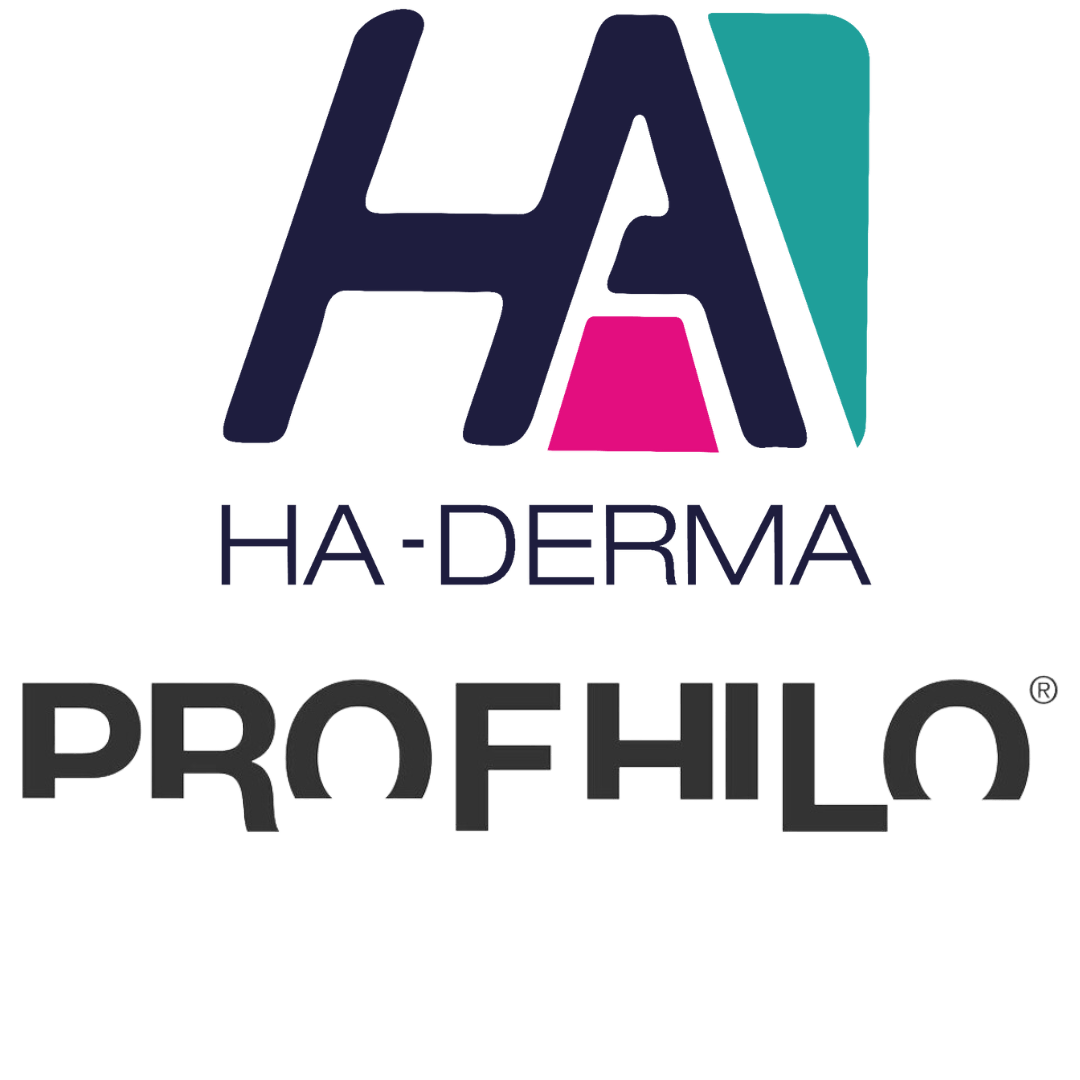
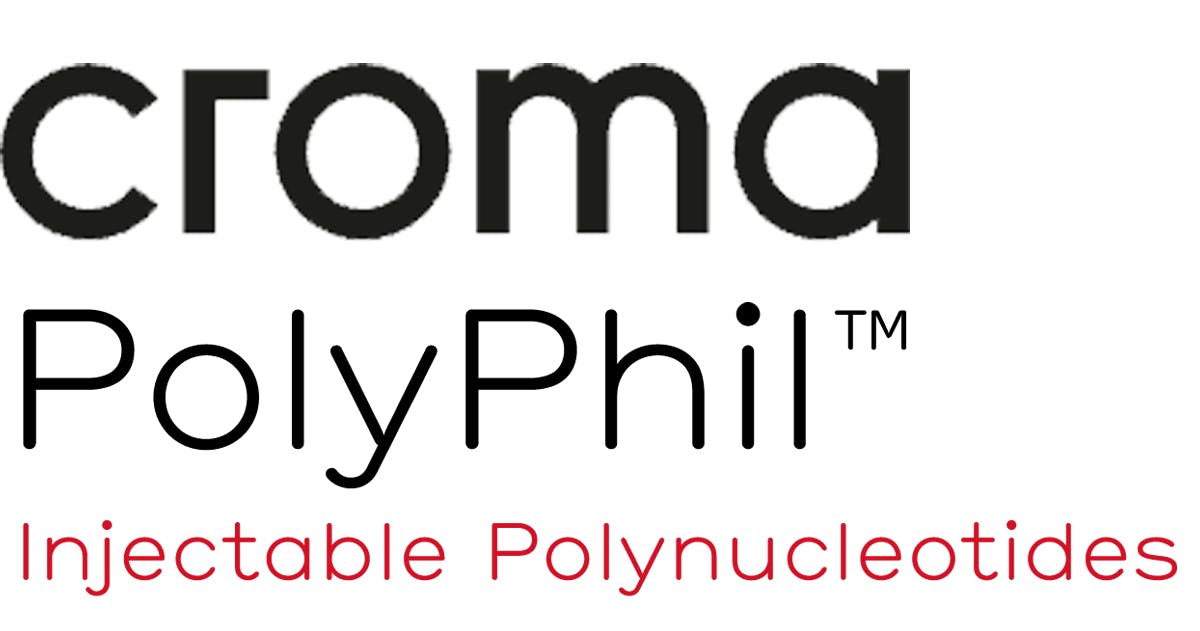

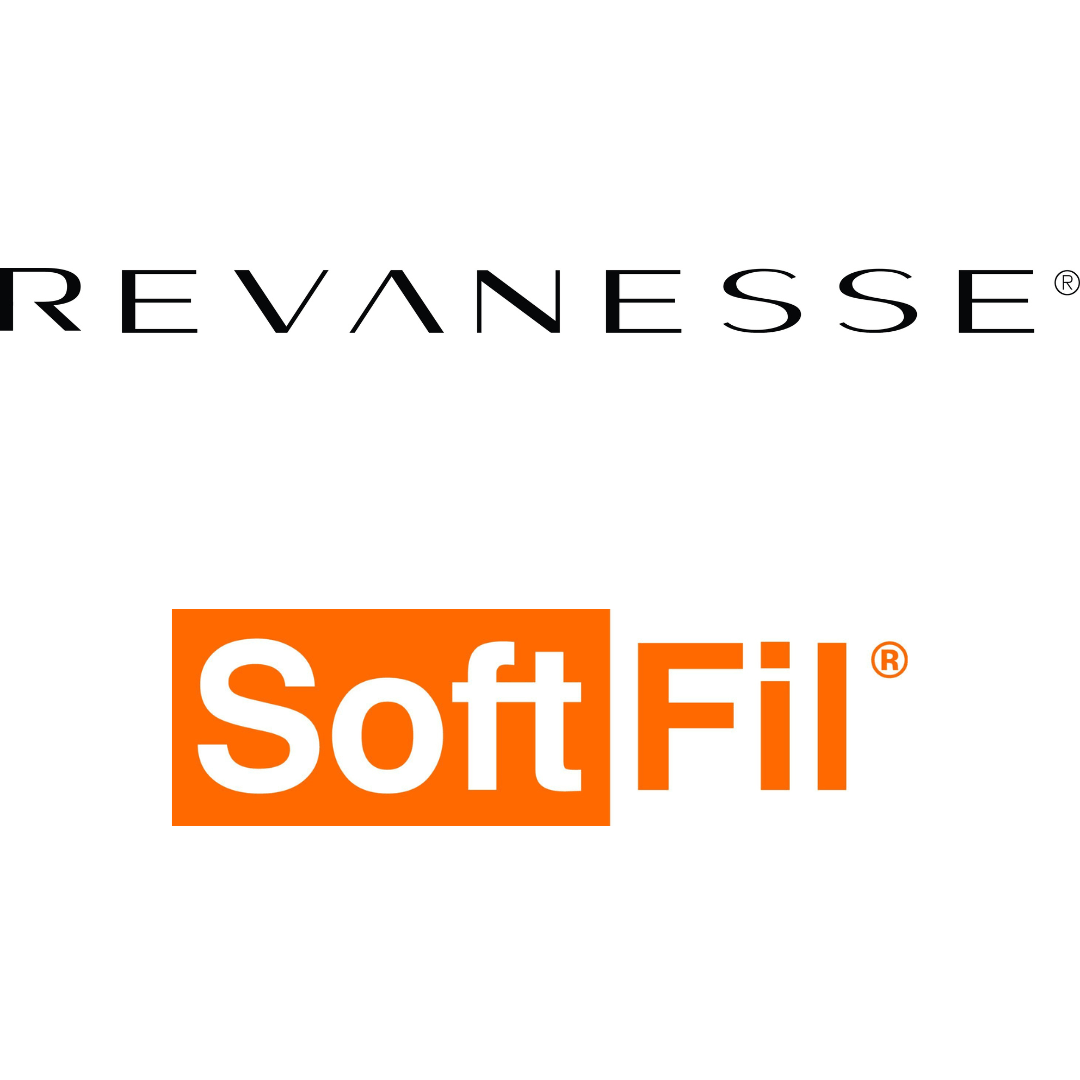

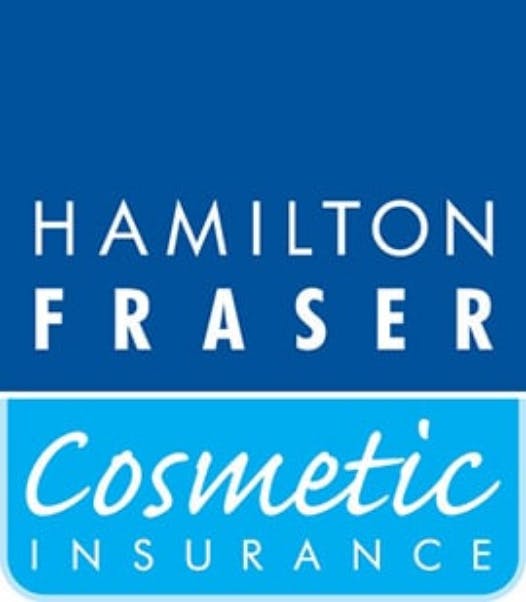
STAY INFORMED
Sign up to receive industry news, careers advice, special offers and information on Harley Academy courses and services


